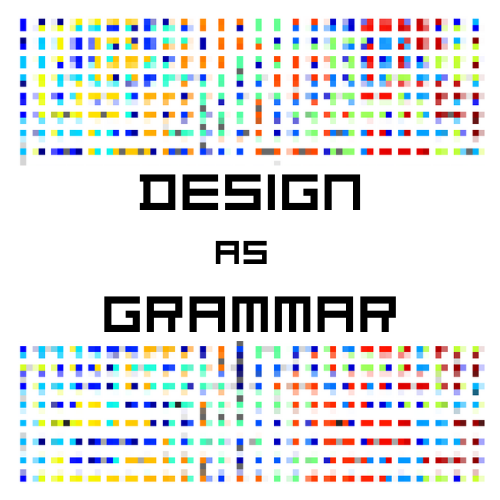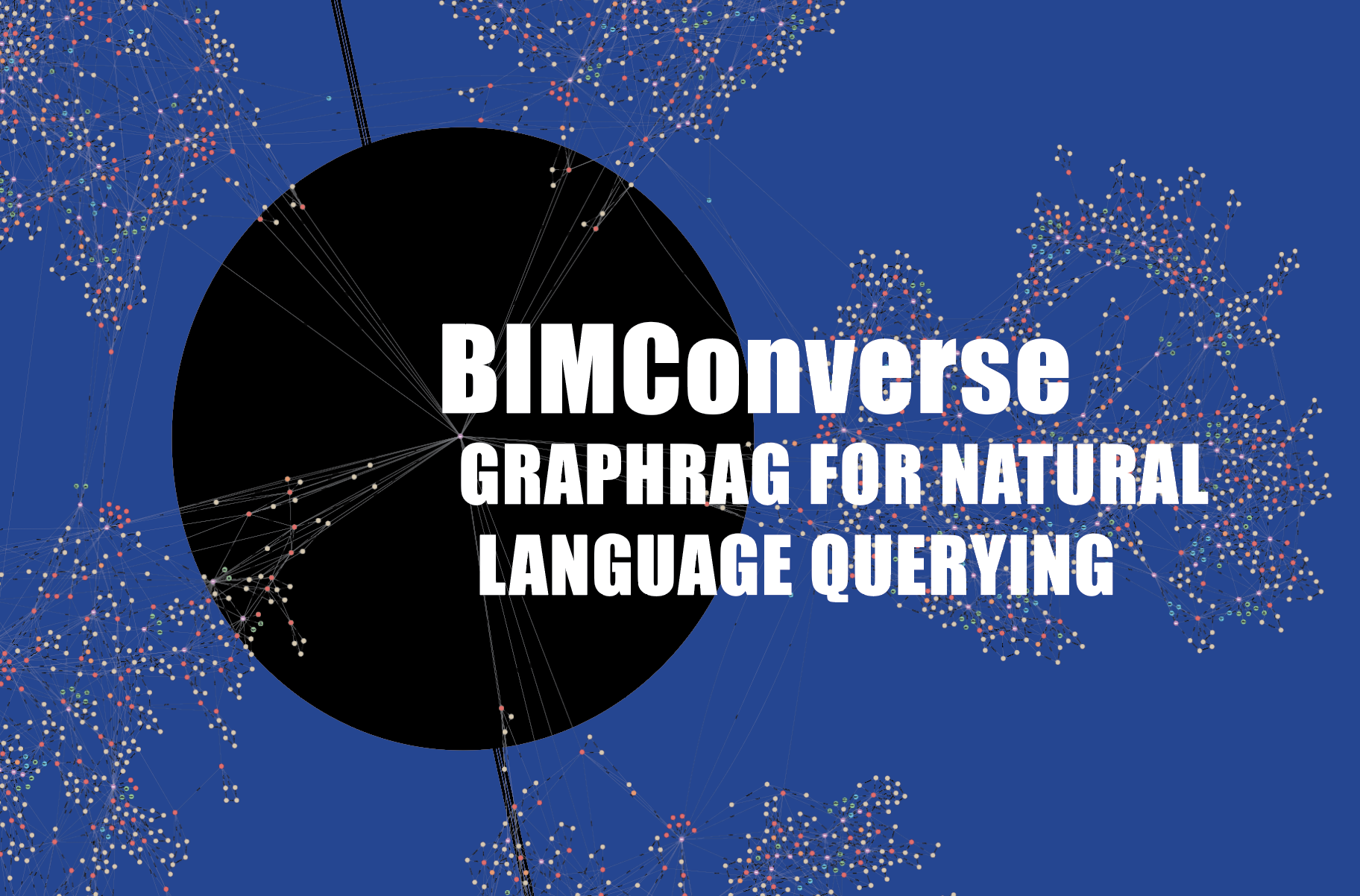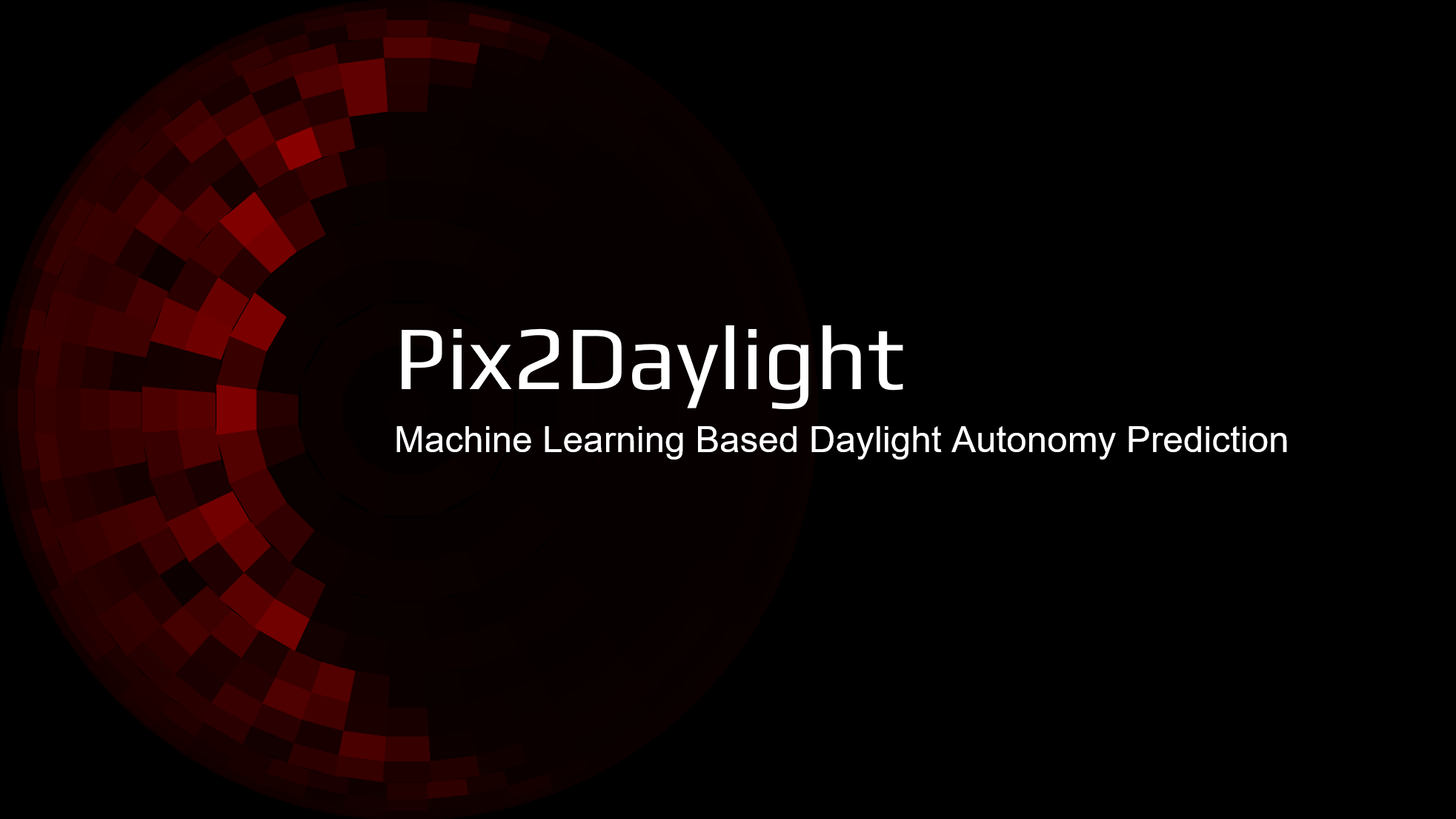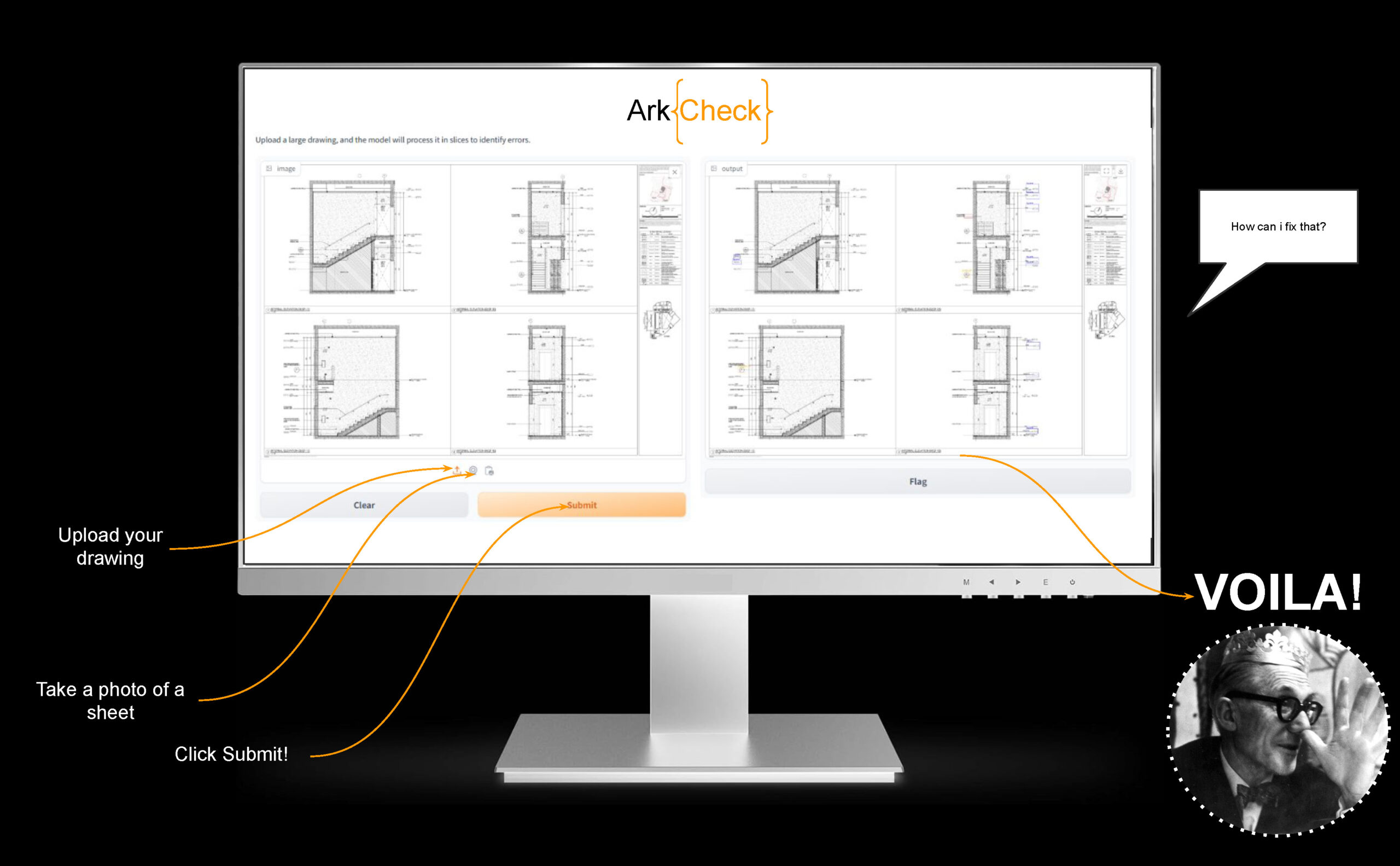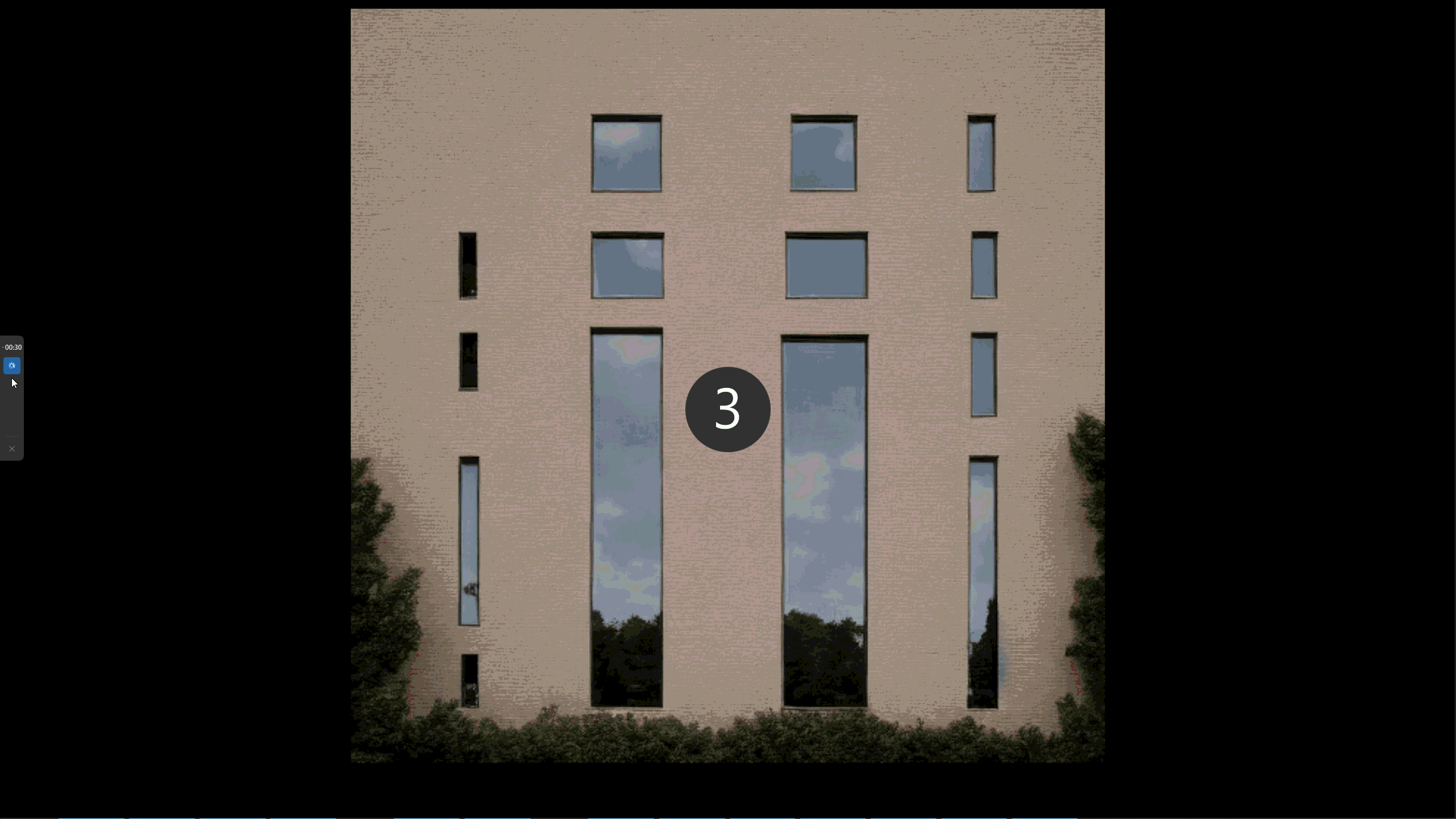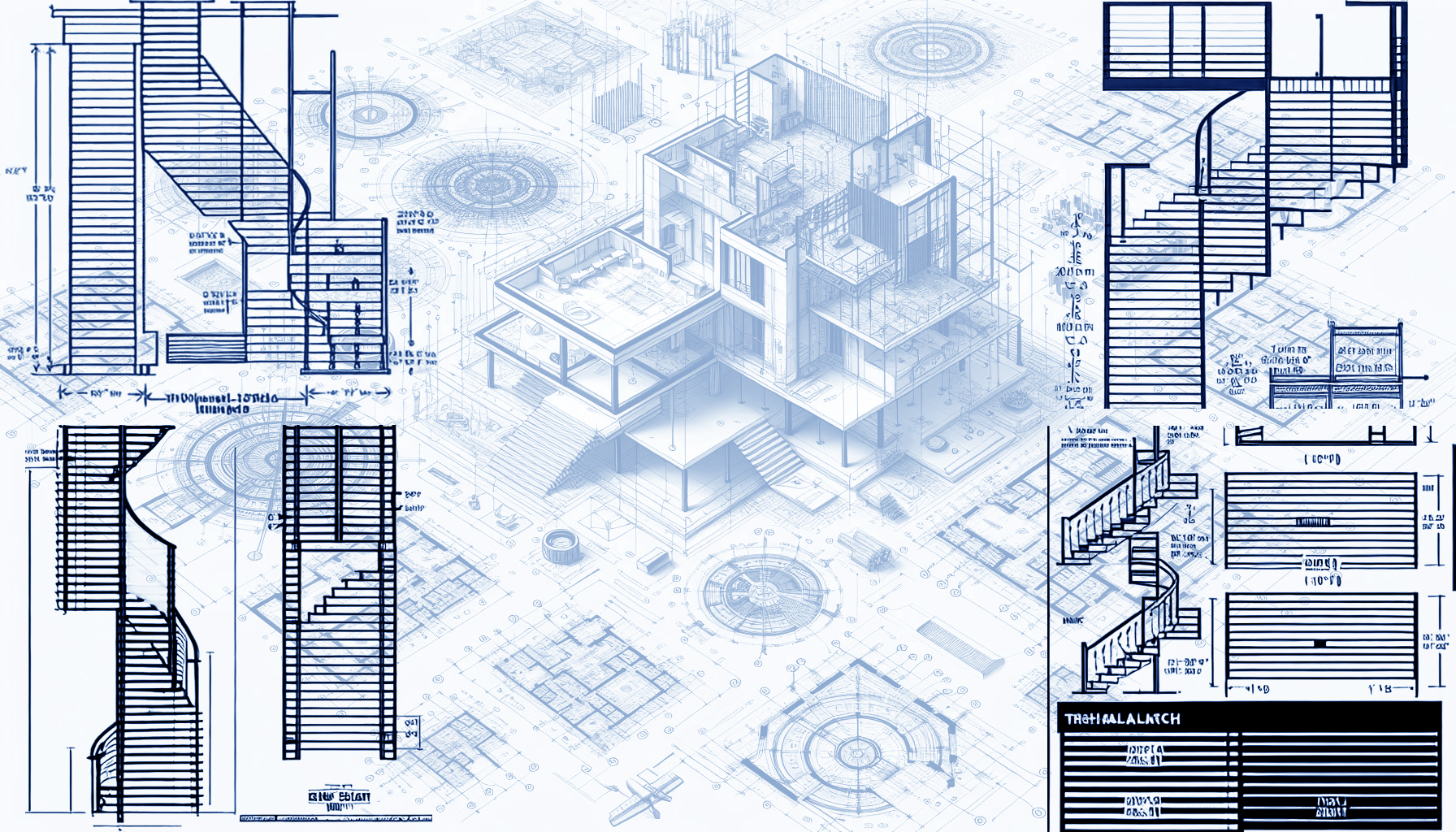From image to graph to bim
A road map using Ai & computational design # 01 the road map To convert a 2D raster plan into a BIM model, we first need to recognize the image contents and convert them into vectors, attaching relevant data. So , Our process focuses on three stages: image-to-vector, vector-to-graph , and finally graph-to-BIM During our … Read more



